PPT-Chapter 6: From an assignment core to Java
Author : test | Published Date : 2019-06-21
Xinming Simon Ou CIS 505 Programming Languages Kansas State University Fall 2010 1 Core imperative language 2 P Program D Declaration T TypeStructure C Command
Presentation Embed Code
Download Presentation
Download Presentation The PPT/PDF document "Chapter 6: From an assignment core to Ja..." is the property of its rightful owner. Permission is granted to download and print the materials on this website for personal, non-commercial use only, and to display it on your personal computer provided you do not modify the materials and that you retain all copyright notices contained in the materials. By downloading content from our website, you accept the terms of this agreement.
Chapter 6: From an assignment core to Java: Transcript
Download Rules Of Document
"Chapter 6: From an assignment core to Java"The content belongs to its owner. You may download and print it for personal use, without modification, and keep all copyright notices. By downloading, you agree to these terms.
Related Documents

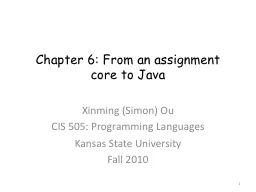
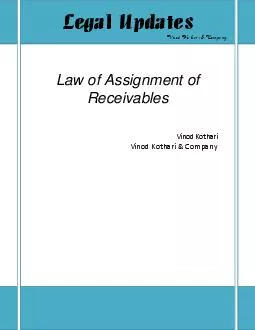
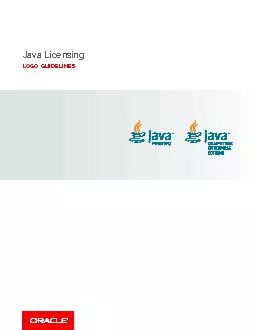
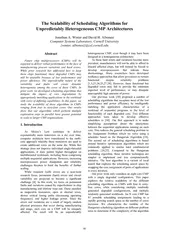
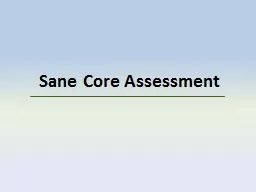
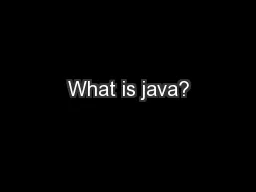
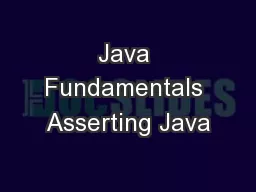


![[DOWLOAD]-The Java Class Libraries: Java.Applet, Java.Awt, Java.Beans](https://thumbs.docslides.com/973154/dowload-the-java-class-libraries-java-applet-java-awt-java-beans.jpg)


